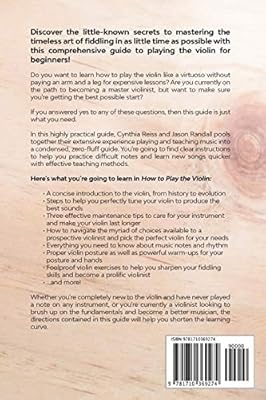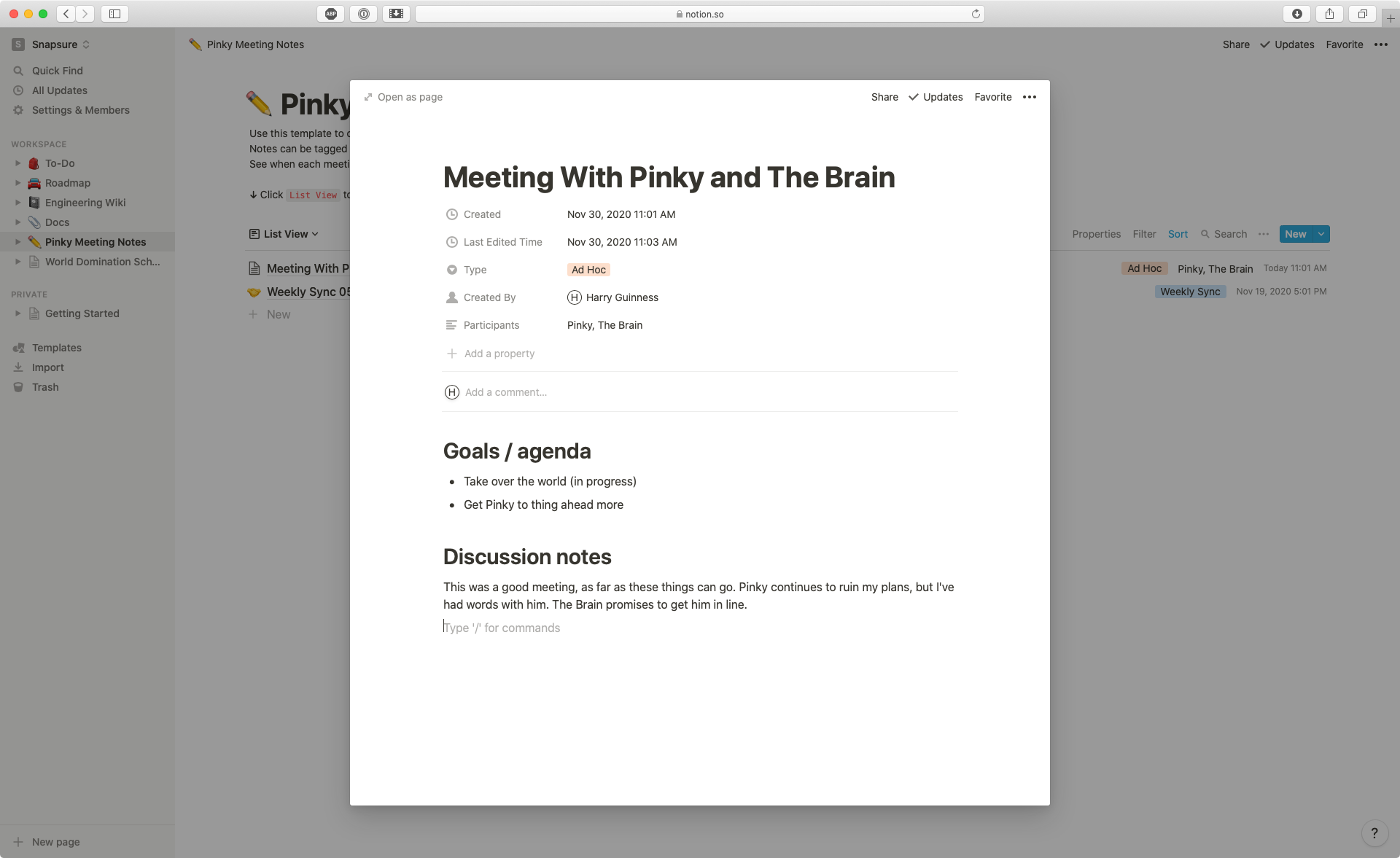- There is no magic formula to taking notes when reading. You simply have to find out what works best for you. Your note-taking skills will develop with practice and as you realise the benefits. This section is designed to help you get started. Highlighting and Emphasising.
- Then read on and find out how to take better notes. Tips for effective note-taking in lectures and classes We’ve probably all been in a situation in which we’ve tried to note down what someone is saying, but not been able to write quickly enough to record it in full – leaving some glaring gaps.
The notes ( ) placed within the treble clef represent the melody of the song. You will only need to play one note at a time when you read music. On the piano you play the melody with the right hand. The notes written on the lines and spaces of the treble clef tell you two things about them: 1) Their pitch (how high or low). BASIC LIFE SUPPORT STUDY GUIDE. 1-RESCUER ADULT CPR (puberty and older) 1. Assess for responsiveness. Tap victim’s shoulder and shout “Are you all right?” - If no response, shout for help. If alone, activate EMS. And get AED (if available). If someone responds, send person to activate EMS. Get AED (if available). Introductory and intermediate music theory lessons, exercises, ear trainers, and calculators.
It seems like I’ve seen several different websites post articles about how to read a book in the last few weeks. Many of them had some helpful suggestions; others didn’t make much sense to me. So I thought it might be nice to think through just how I read a book.
In the process of examining my method, I decided that others might benefit from my discoveries, and as a result, this article was written.
Some of the material I read had some interesting suggestions. One site instructed me to read the book through very quickly, scanning more than reading, looking for significant ideas. The next step was to follow that up with an in-depth read of the book. To finish, a third time through the book was necessary, reading only the sections I highlighted, underlined, or otherwise took notes about.
I don’t know about you, but I don’t have time to read every book three times. That is simply not practical for my life. I understand the point that article was making, that this would help me to grasp a much larger portion of the material being read. But it just doesn’t seem workable for me.
Another blog suggested that I simply read the book, making no notes or highlights at all, allowing the material to sink into my mind on its own. This might work when I read fiction, but I won’t learn anything at all using this process. So that isn’t a practical way to read, either.
XProDDNS is a freely distributed piece of software that works on all mainstream operating systems, including GNU/Linux, Mac OS X, and Microsoft Windows, and aims to be a professional-grade dynamic. Xpodms. XProDDNS is a Dynamic DNS Client for Dyn, No-IP, OpenDNS and DNS-O-Matic that runs natively on Windows, macOS and Linux, including Raspbian for the Raspberry Pi 2 and 3. XProDDNS is a browser based application that enables you to manage workstations and servers from a remote location. The software prompts you to set a master passphrase the first time you use it, in. XProDDNS delivers flexible configurations by simultaneously using multiple Dynamic DNS service providers, multiple hosts per account, multiple accounts per provider. Moreover, xProDDNS offers you.
Here’s a brief look at how I read a book, the notes and symbols I use, and how it works for me. If this helps you, great. But just because I’ve found it to be useful, doesn’t mean that you will benefit from it just the same as I do.
To start off, I use a Zebra mechanical pencil or an archival quality pen. When using a pencil, I use 5mm lead. Most of the time, I use an archival quality pen, the Pigma Micron 01, in both black and red. This is a vibrant ink that doesn’t bleed through the page. I use the two colors for different applications, which I’ll share in a moment.
I underline (or highlight using an Avery Hi-Liter) any relevant thoughts and passages. For most of these, I identify a key thought or idea, which I jot down in the margin.
I will also make short notes in the margins surrounding significant parts of the book.
For most of these instances, I will then list the key word or phrase on the blank pages found at the very end of most books, along with the page number and any further clarification I feel is needed. This provides me with an index of my thoughts and notes which is easily searchable after the book is finished.
For example, I’ll write “p17 – subject/key word, notes and thoughts”. This helps me to see at a glance where the most meaningful parts of the book were, and my thoughts on them. I’ve found this to be extremely helpful as I go back looking for material for use in a sermon or lesson.
As I read, I also use a system of symbols to help me identify key ideas at a a glance later. Here are the symbols that I use, along with their meaning.
* (asteric) – Important or insightful information
! (exclamation point) – Very important information
red – Critical information
? (question mark) – requires further research or clarification
box – Indicates a quote or illustration which I add to Evernote
circle – Indicates that a follow-up action is required
arrow – Lists or bullet points worth remembering
{ } (brackets) – Good thoughts for use in sermons or lessons

I decided to create this information in the form of a book mark that I had printed and keep handy as I read. This helps me to remember my symbols and use them quickly and efficiently as I read. Below is an image of the bookmark. On the reverse is another system of note taking I use when reading the Bible. I’ll share that system in a future post.
I had these printed as bookmarks by GR Print, and I keep a stack located in strategic locations where I frequently read, such as the shelf next to my chair at home, on my nightstand, my desk, and in my car and computer bag. That way they are within easy grasp all the time.

This system isn’t flawless, and I tweak it frequently. But it works pretty well for me. I’m able to retain much of what I read, and put my hands on the information quickly when I need to refer to it.
Do you take notes while reading? What do you do to retain what you read? You can share your thoughts in the comment section below.
Last Updated: August 30, 2019
ISSUE
If you have customized Excel's right-click context menu (possibly using an add-in), you may discover that the New Comment, and New Note options are missing after you update Office.
STATUS: WORKAROUND
To fix this, reset your customized context menus using VBA (Visual Basic for Applications).
Follow these steps to implement the workaround:
Open the Visual Basic Editor (VBE) by pressing Alt+F11.
Insert a new module from Insert > Module.
Copy and paste the following code into the empty module pane on the right:
Sub ShowButtonsAgain()
Dim bar As CommandBar
For Each bar In Application.CommandBars
bar.Reset
Next
End SubPress F5 to run the code.
Exit back to Excel by pressing Alt+Q, and verify that the Comment and Note options have been restored.
If the issue recurs, then you can create a reusable procedure:

New Notes - Basic Reading Practice
Follow steps 1-5 above.
Save the workbook in a convenient location where you can quickly access it if needed. Alternately, you can save it in Excel's Personal Macro Workbook if you always want to have the procedure available.


